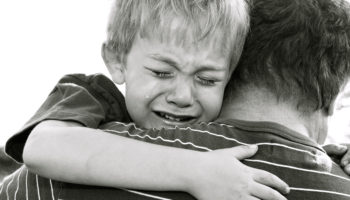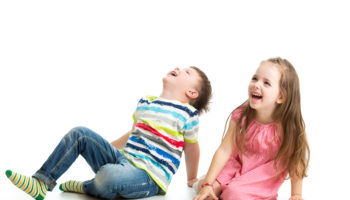By: Ingrid Á. Russell
- What is considered a challenging behavior vs. a typical behavior that is developmentally appropriate? Is there a difference?
It is important to know the benchmarks of typical development, that way you can identify challenging behavior. For example, a toddler biting his friends is considered developmentally appropriate exploration and communication; but for a 4-year-old, mouthing objects or friends would not be. The Ages and Stages can provide those benchmarks of typical behavior (https://agesandstages.com/). You can also find hallmark of development at http://firstsigns.org/.
- What is happening, neurologically, when children are exhibiting challenging behaviors?
Understanding brain development is crucial. The part of the brain (frontal lobe) that is responsible for self-control, decision making and organizing feelings/information is not alert until the age of three and not fully developed until your mid-twenties. And so, to rationalize with a child 3 years old is a waste of the adult’s emotional battery. Instead, you need structure, routines, consistency, and clear expectations. Dr. Bruce Perry is a guru on neuroscience, therefore, anything by him will shed light on brain development from the bottom up (https://www.neurosequential.com/ourteam).
- What are typical reasons why children exhibit challenging behaviors?
Attachment, self-regulation, communication, and interaction are all concerns that lead to aggression, lack of appropriate interactions or displays of social inappropriate behavior.
- What are some tried and true strategies to support children during a challenging behavior? How about strategies to minimize occurrences?
There are many. It truly depends on the whole picture, and one must consider home, classroom, and adult/child relationships. Some that are frequently used are: Flip It Strategy (https://centerforresilientchildren.org/dcrc-shop/flip-it/), Conscious Discipline (https://consciousdiscipline.com/) and Positive Behavior (https://www.apbs.org/pbs).
- What changes can be made to the environment and materials that can be added to support in calming children, and helping to support the regulation of big emotions?
The environment plays an enormous part in decreasing challenging behaviors! One must consider whether the following are age and developmentally appropriate: space, materials, schedule, daily routines, and transitions between activities. Predictability decreases challenging behavior! You can find bottom of the pyramid resources here by clicking on the following links: http://csefel.vanderbilt.edu/ and https://challengingbehavior.cbcs.usf.edu/Pyramid/overview/index.html.
- Which social emotional curriculum do you recommend for providers, if any?
We pull from different materials to meet the child/center/classroom needs for individual cases. However, here is a good benchmark for social emotional development: https://eclkc.ohs.acf.hhs.gov/school-readiness/effective-practice-guides/social-emotional-development.
- What resources are available to support early childhood programs?
A ton! But directors and teachers struggle to find the time to engage in training. The PA Key offers a CDA training and an innumerous amount of training opportunities! They can find the information on our registry (https://www.papdregistry.org/v7/trainings/search). They can also access training in the above-mentioned websites!
- Do you have any general advice or anything else you would like to add that we can share with ECE educators?
Investing in the life of a child is a challenging but rewarding call. You must have a gift in order to care for children. If you do not, please find another job in retail or another industry. If you are committed to investing in children, take advantage of professional development and any support you can access under OCDEL for your sanity and the well-being of the children in your care.




